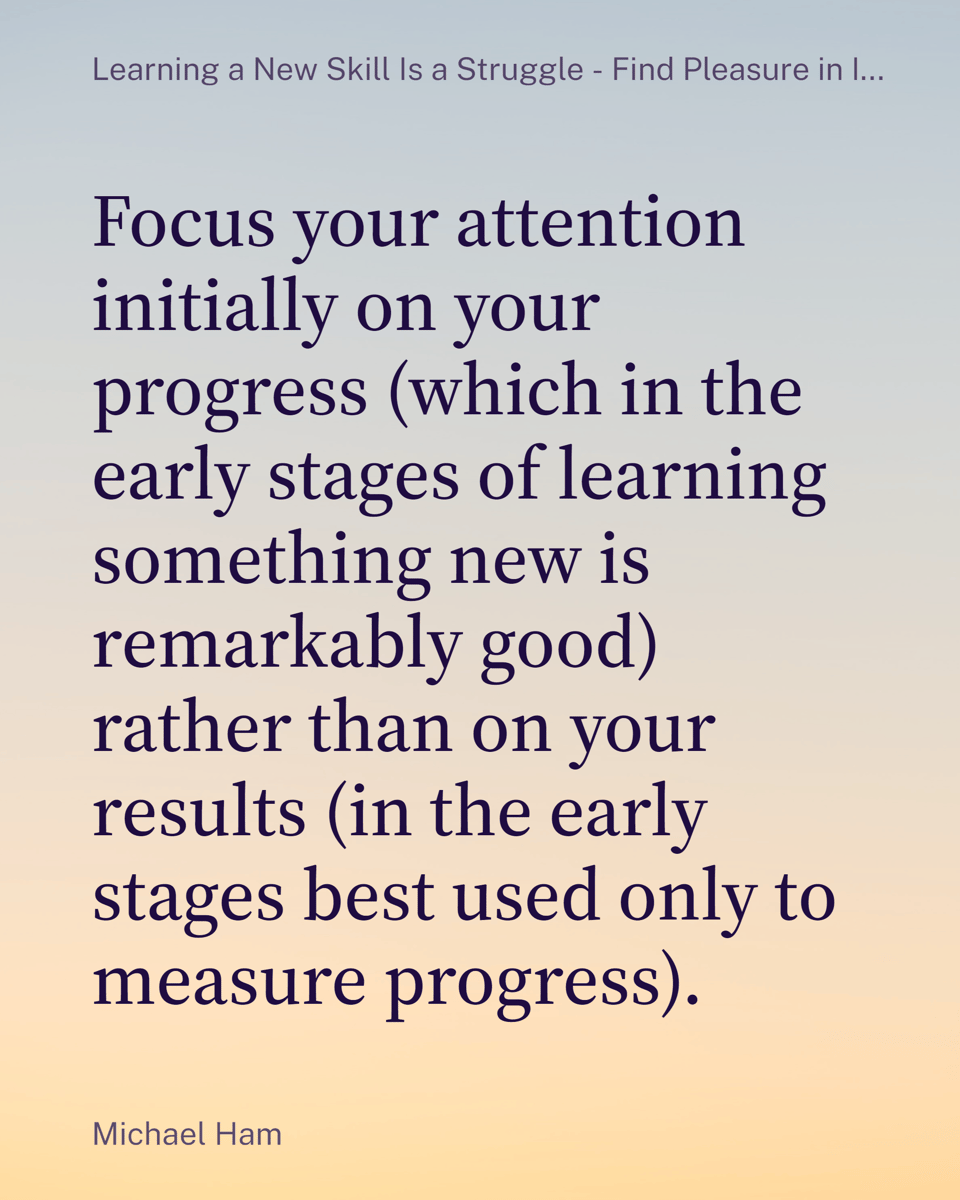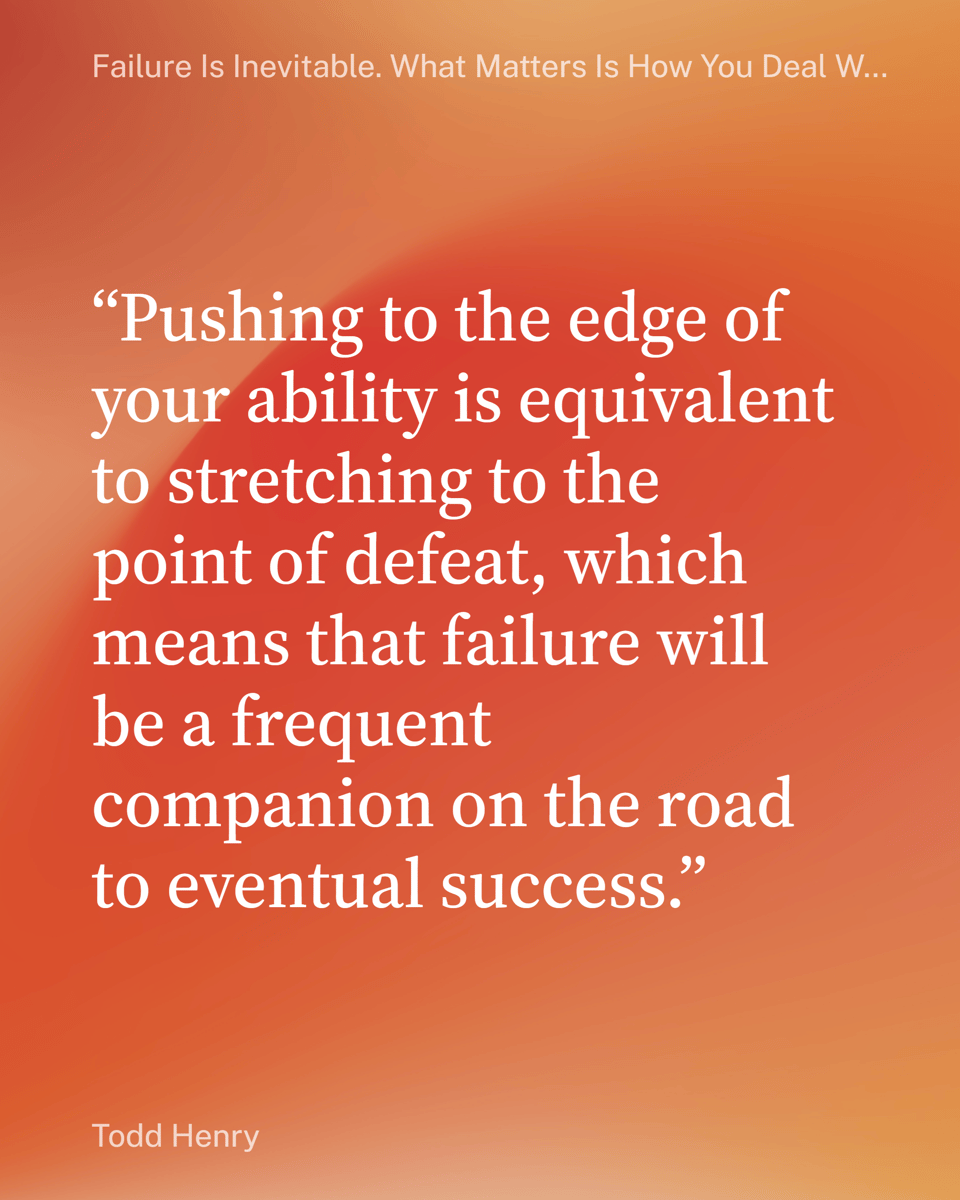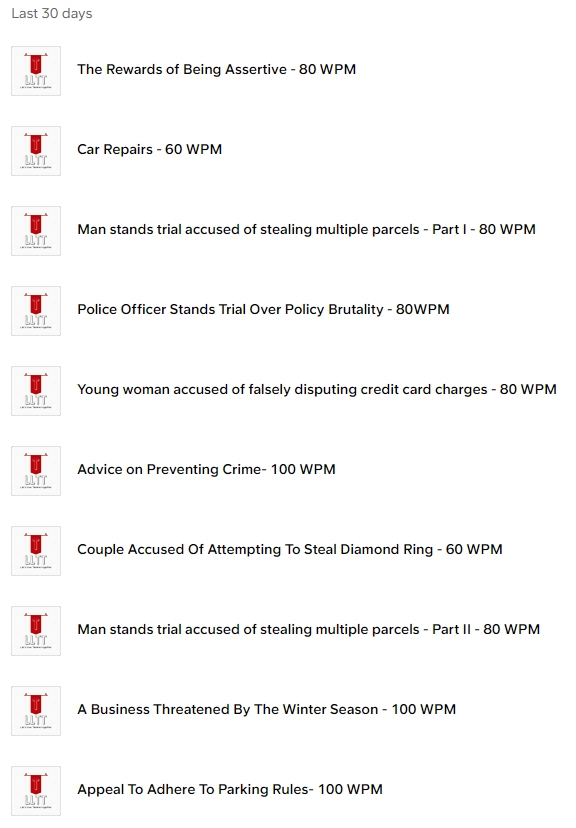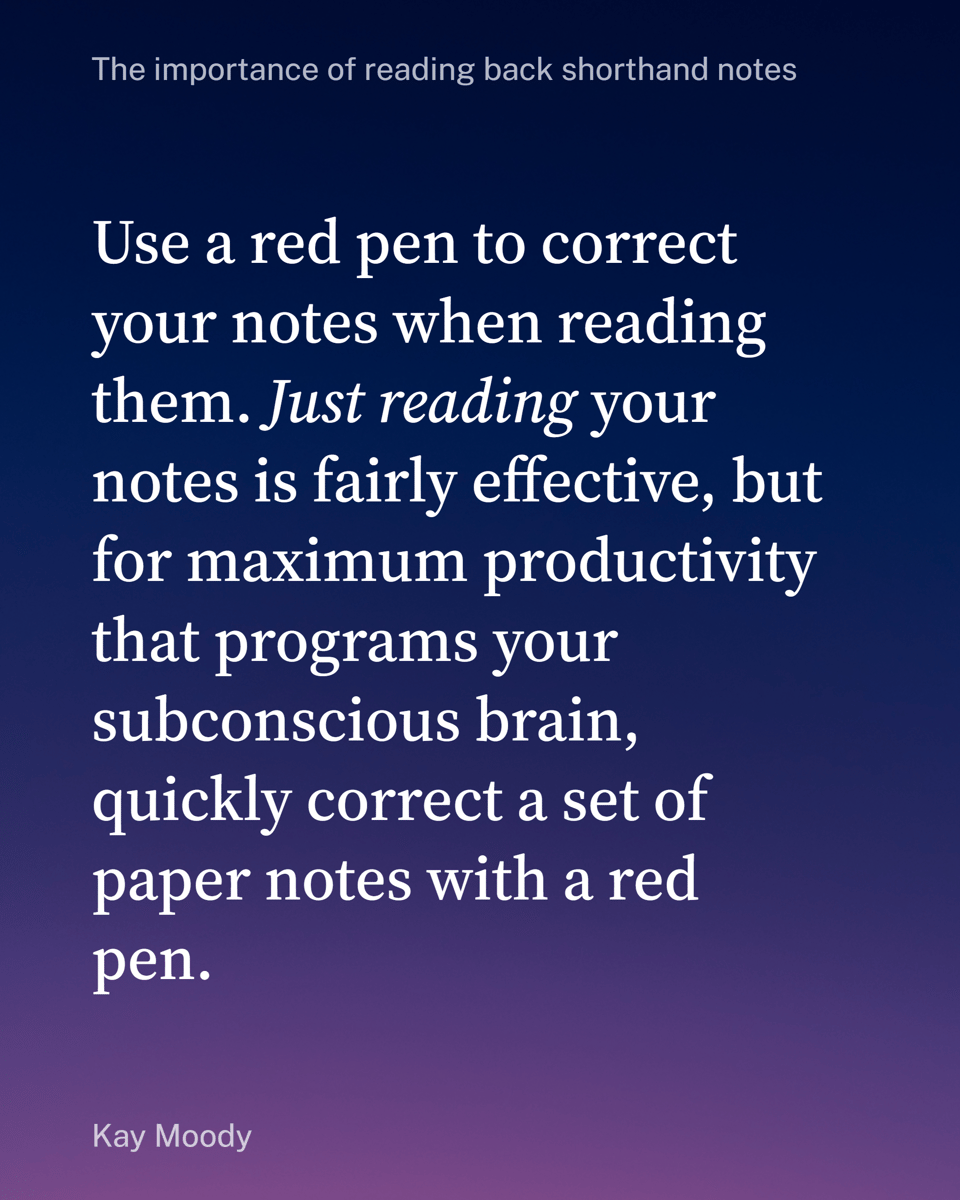LLTT Newsletter #6 - September 2023

LLTT - Issue #6 - September 2023

In this issue, we will discuss how learning a challenging skill like shorthand is about more than learning the skill itself. We then present an interview with Séamus O'Hanlon, a broadcast journalism MA graduate who explains how LLTT helped him pass his 100 wpm exam before wrapping up with an often overlooked (yet highly-effective) strategy to assist you in cementing your grasp of newly-learned vocabulary. Let's get to it!
Shorthand is more than the skill
Learning a skill like Teeline goes far beyond simply acquiring a practical ability to take notes at speed. It's a journey that impacts many aspects of your life. As you embark on the shorthand path, you're also nurturing a set of invaluable habits and qualities that can help shape you into the best version of yourself.
The process of learning shorthand demands focus, determination, and discipline. These attributes, cultivated through countless hours of practice and dedication, transcend the skill itself. They become part of your character, shaping your approach to tackling challenges in every aspect of your life. A bold statement? Perhaps. But the ability to focus intently on working your system, the goals you have set and then persistently working your plan all creates a mindset of resilience that's essential for personal and professional growth.

When learning shorthand, small victories hold immense significance. Each successfully transcribed word or sentence isn't just a mark of progress; it's a testament to your commitment and effort. These incremental "wins" can help instil a sense of accomplishment that fuels your motivation to strive for even bigger achievements.
Possessing the courage to engage with difficulty and yet persist in the face of setbacks is a quality that stands out in any job market. Employers recognize the value of individuals who exhibit tenacity and the ability to learn and adapt quickly.
Beyond its practical applications, learning shorthand can be a metaphor for personal growth. It symbolises your willingness to step out of your comfort zone, confront challenges, and commit to lifelong learning.
Learning shorthand helps turn you into an individual who embodies focus, determination, resilience, and adaptability. With belief comes dedication and perseverance, and the power to know you can overcome any obstacle set before you.
The Séamus O’Hanlon Interview
Welcome, Séamus! Start us off with your background.
My name is Séamus O’Hanlon and I’m a broadcast journalism MA graduate from the University of Salford. I have just achieved my industry gold NCTJ standard with 100wmp in Shorthand thanks to my tutor, Let's Love Teeline Together, as well as my own efforts in using all available resources.
Congratulations on this significant achievement! How did you first discover Let's Love Teeline Together?
I first heard of LLTT from someone in my course who also ended up achieving 100 wpm at the same time I did. I think for a lot of people in our generation, YouTube has proved to be a pivotal part of teaching; a go-to for having the right answer explained in front of you, but this does come with a risk that the information could be inaccurate. That is why I was glad to see that both Jo and Rosalie were legitimate shorthand instructors, willing to show themselves on screen and be consistently transparent that they were teaching (Teeline) shorthand only in their own way.
What motivated you to start learning shorthand and set a goal to reach 100 wpm?
The main reason why I was eager to learn shorthand was personal: my own terrible handwriting. Throughout school I had struggled with long-hand, writing basically as if I was left-handed, so I had that additional motivation of finding it empowering to learn another way to write – the same as when I refined my touch-typing in school for my A Level exams. I find it easier to read my own shorthand, even after long periods of time, and I do believe that Teeline should be made more accessible to people like me outside of journalism.
Were there any particular lessons or exercises that you found exceptionally beneficial?
I loved the speed-building exercises and I remember they really helped me go from around 80 to 100, as LLTT also promoted 120. I think in general, having speeds higher than the industry 100 standard is good as it makes you view 100 not as a final point but as a point of progress.
What's great about LLTT is that by creating videos regularly, there are now a wealth of dictations for you to practise blind, my preference, and then see how the experts would write it. I have refined my Teeline by seeing the best possible groupings or letter choices.
An issue other shorthand textbooks have is dated words, but LLTT (which is wonderfully free !!!) provides new vocabulary with every video. I also enjoy learning about commonly used words on the website and the more complicated word groupings - I have drilled them and they save me lots of time!
What specific challenges or obstacles did you face while learning shorthand, and how did you overcome them?
Even though I was a broadcast student, I knew developing shorthand would improve my discipline and be liked by all employers as it shows, not just tell, that I am hard-working and do not give up!
Alongside my portfolio, I would describe shorthand as a fundamental investment in a journalism career as it's necessary for recording stories within the bread and butter of journalism: county, council, and court. I was very glad LLTT included this applied aspect in their court series, which gave me knowledge of how a court case would be spoken as well as providing specific vocabulary.
Can you share any tips or strategies that contributed to your success in reaching 100 wpm?
A tip that really helped me achieve 100 wpm was Rosalie’s suggestion to scribble and split the page down in half before dictation. This is similar to my own tutor’s advice to use shorthand notepads – check how notepads are labelled in the supermarket – and to write smaller so by using less space you maximise speed.
How did you structure your practice sessions to make the most of your learning time?
I would recommend that even if you are not a morning person, that (particularly) when preparing for an exam, do the bit of work you are dreading first; in my case, only about 20 minutes for two mock practices. That meant I could get on with work, errands, and fun things, without getting that horrible feeling of procrastination by knowing I had already achieved something that day. I would then typically do a second mock session in the afternoon followed by doing drills whilst I watched TV, meaning I only had about forty minutes of focused work a day. I hate studying, so I would suggest little and often, and break things up with a walk or some other distraction! You don’t have to overdo it to succeed, instead keep at it daily so you can see steady progress, not perfection.
Were there any supplementary resources or tools outside of the website that you found useful for your shorthand learning?
I created several Teeline Quizlets based on the Marie Cartwright textbook before following LLTT, which was helpful, proactive learning. But in general, my main advice would be to use all resources available as soon as possible; from reading exercises, to speed scales, and of course, mocks.
What advice would you give to someone who is just starting their journey to learning shorthand?
I would say shorthand, when well-explained like LLTT, and with a strong commitment from the student (no missed lessons or make up for lost time), that it is certainly doable. I am not a fan of rushed learning or pressures, but I would say when building on from the alphabet, that once you have practised a step enough for it to be remembered, that there is no point to wait before moving on. So, having LLTT online means you can go at your own pace and though I didn’t find anything theoretically hard, I learnt through trial-and-error when it came to the first dictations and the reading of shorthand. A mindset you should be aware of is shorthand is not like a module where once you have done week 1’s reading assignment you never have to revise it again; every lesson is necessary and linked. You are not just done with the knowledge.
How do you envision using your shorthand skills in the future, now that you've reached your goal?
Part of my shorthand journey is knowing that passing exams isn’t the only goal because shorthand, like everything, cannot be separated into only two boxes. My point is that getting a 60 is great and so is getting the industry proficiency standard of 100, but for most of my time learning shorthand I was somewhere between the two. This means even if you don’t pass 100 or 60 immediately in exam conditions (I failed 60 a few times due primarily to nerves and shaking hands) that it doesn’t mean you aren’t at that level at home. You wouldn’t expect drivers on the road to be capped at only being as good as they were when they passed their test, they naturally improve due to experience. So, I plan to work towards 120 wpm with less pressure as it isn’t the standard, whilst also knowing that even if I never got any quicker, I still would be better at shorthand as long as I keep using it.

In your opinion, what sets Let's Love Teeline Together apart from other resources for learning shorthand?
In my opinion, there is the great advantage of having two different instructors providing two slightly different approaches - meaning, viewers can see how shorthand can have individual styles, but it is always the same standard.
Secondly, I love the drive, embrace of technology, and exploration of educational styles on the YouTube channel as it shows everyone that if something is difficult in life you have to attack it from every angle, as you have to create your own success.
To have a free online resource is something previous students would have killed for, but LLTT is even more incredible than this as they are continually improving, so make the most out of this freely-shared asset so learning shorthand can yield better results, be enjoyable, and be more meritocratic.
An overlooked strategy
Many learners find themselves struggling to remember outlines and/or word groupings. Here's a simple, but highly effective, strategy that can make the learning process easier and more effective - but only if you use it!
The Power of Lists
One of the most effective ways to tackle the challenge of learning shorthand vocabulary is by creating your own lists of words you want to master. However, the key to success lies in organising these lists intelligently. Instead of overwhelming yourself with long lists, you need to limit your study of words or groupings to no more than ten at a time. These smaller lists are easier to manage and allow you to focus your efforts effectively. Once a word or grouping is learned well, remove it and add another.
The Two-pronged Approach
Once you have your initial list of words ready, it's time to employ one of two methods to reinforce your memory: 1. recording yourself dictating the words or 2. using a text-to-speech app.
Method 1: Self-Recording
Grab your smartphone or a recording device and dictate the words from your list, leaving "space" between them. Ensure that you articulate each word clearly. This recording becomes your "daily challenge" to tackle. Simply allocate a small portion of your daily practice time to listen to this recording while writing the outline or grouping.
Method 2: Text-to-Speech App
Alternatively, you can use a text-to-speech app (speechify.com and https://www.naturalreaders.com/ are two such apps - LLTT has no financial interest in either, it's just a recommendation - to generate audio from your text. Select a clear, natural voice, and have the app read your words aloud. Again, make sure to dedicate a portion of your daily practice to listening to your list.
The Importance of Consistency
The key to success with this strategy is consistency. What's easy to do is always easy NOT to do, but it's often the little things that make a significant difference in the long run. Actions taken today, and compounded over time, can dramatically accelerate your shorthand learning.
Interesting Links
A curated collection of interesting links that may ignite your curiosity or broaden your horizons.
Create and study ANKI flashcards faster using an AI powered generator and spaced repetition algorithm. This one is free as of this writing.
The Project Gutenberg Open Audiobook Collection
Thousands of free and open audiobooks powered by Project Gutenberg, Microsoft, and MIT
Learn to make paper airplanes that will impress your friends
A database of paper aeroplanes with easy to follow folding instructions, video tutorials and printable folding plans. Find the best paper aeroplanes that fly the furthest and stay aloft the longest.
Recent website updates
Last month we created an Outline of the Day section on our site. This month we expanded this to include...
Recent YouTube updates
We added a new YouTube playlist this past month focused on reading Teeline. These fun exercises will give you the opportunity to increase your sight-reading abilities and your transcription speed.
Expanded Quizlet sets
Over the last month, we've created a couple of sets of flashcards that will come in handy for your revision efforts. Check out a couple of our latest:
Former player of football club speaks about club going into administration
Soundcloud
As of this month, there are more than 348 audio dictation files available for your revision work on Soundcloud.
Here are the Top 10 over the past thirty days

A Cloze deletion exercise
A cloze deletion (also called a "Cloze Test") is a learning and assessment technique where a passage of text is presented with certain words or phrases removed, leaving blank spaces. Learners are then required to fill in the blanks with the appropriate missing words based on their understanding of the context. This exercise helps reinforce comprehension, vocabulary, and grammar skills by prompting learners to recall and apply their knowledge to complete the gaps in the text. See if you can correctly place the three options below in their respective places.

Reading Practice
We're going to wrap up this newsletter with some Teeline reading practice. See how quickly you can read the following.

But before you start:
Grab your stopwatch (or use the one on your phone).
You'll want to record how much time it takes for you to read through it cold the first time.
Then do it again and see if you can beat the previous time.
And finally, repeat for a third time.
You should find each successive pass shaves seconds off the clock and by the third pass, you'll have substantially improved. This is not mere child's play. Reading printed Teeline is critical to developing greater facility with shorthand. Each time you go through this type of exercise, you are firmly imprinting the outlines into your mind. In this manner, reading Teeline will help you to ultimately write better Teeline.
Stay tuned and subscribe for the next issue where we share:
An interesting idea called "Purple Belt Living" - Seeking Wisdom from Those Halfway to Mastery.
Some thoughts on what the old shorthand magazines can teach us.
Our thoughts on embracing mistakes. Those pesky blunders have an uncanny ability to strike fear into the hearts of too many students and it's time to shift your perspective on them.
Thanks for reading!
Visit us at the LLTT Website, YouTube, Twitter, Facebook, Instagram, Quizlet and Soundcloud.
If you have suggestions or topics you'd like to see covered in future newsletters, please contact us: https://www.letsloveteelinetogether.com/contact-us.
If you find this newsletter helpful, please forward to a Teeline friend and suggest they sign up!
A Parting Thought

"Don't Get Worried. Don't Get Stressed. Let's Love Teeline Together."

Add a comment: